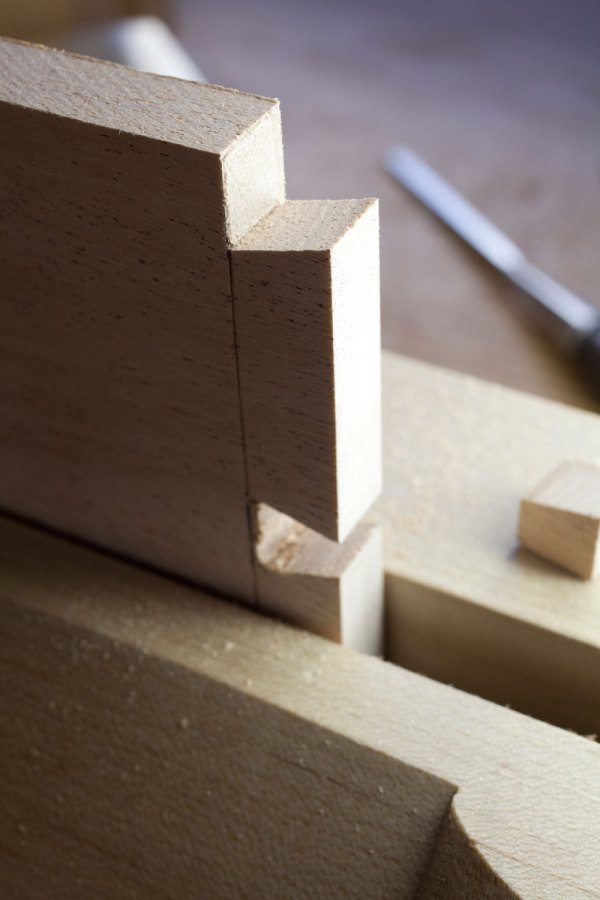
At the present day it may be fairly claimed that machines have supplanted hand labour in working wood.
Year by year improvements have gone on, until bench work and hand skill have become comparatively unimportant elements in wood manufacture; and, as Professor Willis remarked before the Society of Arts, 1852, “nothing remains to be done, but to put the component parts together.” None, except those who have learned their trades when and where machines were not used, can realize this change.
You may tell the apprentice of to-day about going out through the snow to a board-pile, selecting your stuff, carrying it in, and after scraping off the snow in winter, or sweeping off the dust in summer, laying out the stuff with a chalkline, and straight-edge, ripping out the job by hand, setting it about the stove to dry, and then dressing it up with a jack plane. You may tell him of mortising by hand, cutting tenons and shoulders, with a backsaw, and he will look at you with an incredulous stare.
No wonder; for this sort of thing has passed away, and with it, we are happy to say, some of the hardest labour that ever was dignified with the name of mechanical. It was mechanical, nevertheless, and called for the continual exercise of judgment and skill; from the cutting out to the cleaning off, it was a kind of race between brains and muscle, in which brains sometimes conquered.
Many a time, as older hand workmen will remember, would a small man, without that muscular strength that seemed to be the main element in his work, have earned his dollar or two dollars more at the end of the week than his strongest competitor, simply by his superior hand skill, superior judgment, and superior tools.
— John Richards, “On the Arrangement, Care, and Operation of Wood-working Factories and Machinery, Forming a Complete Operator’s Handbook” (1873) Hat-tip to Jeff Burks for the tip on the book.